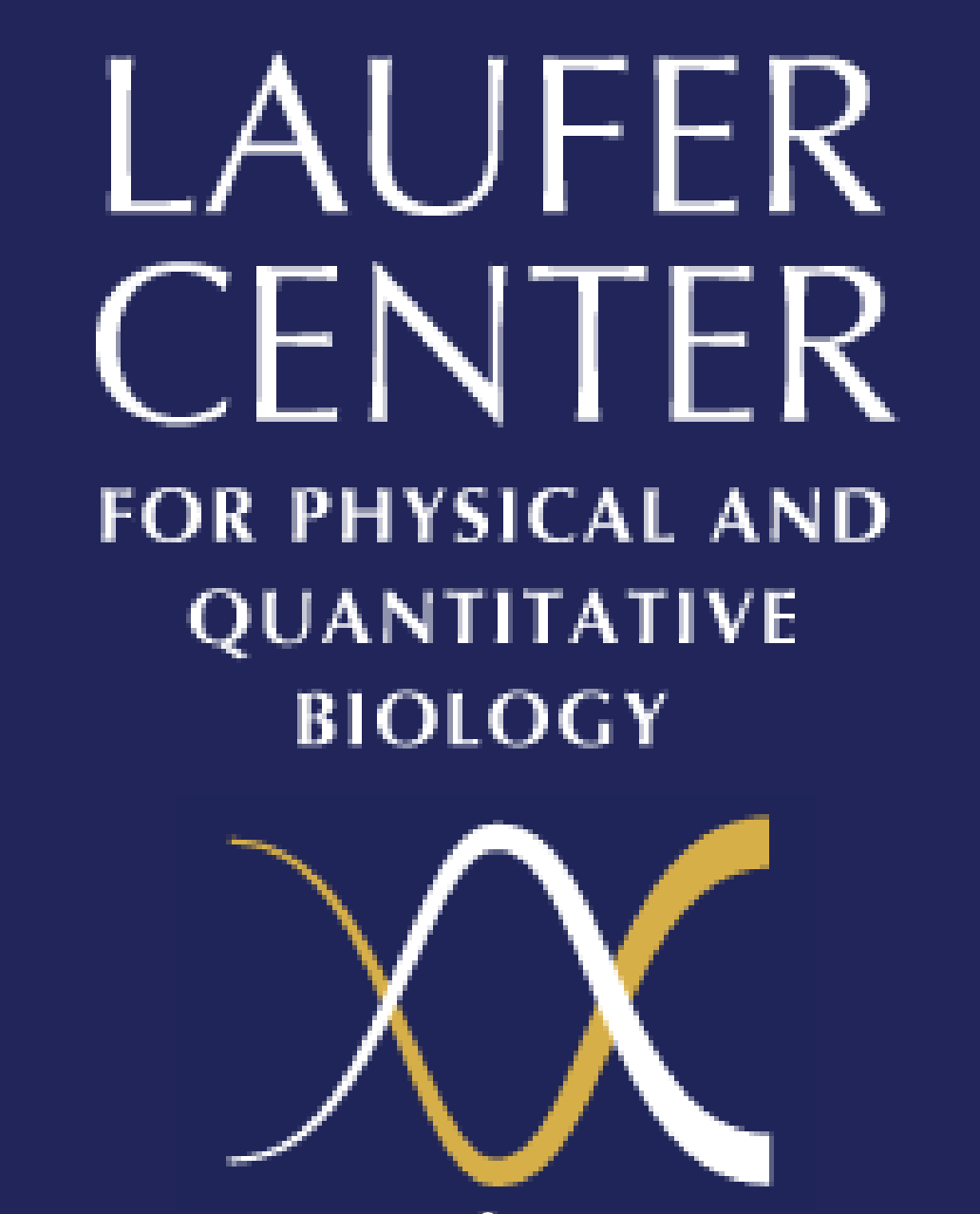Events Calendar
Quantitative exploration of antibiotic-induced bacterial cell death physiology
Despite the technological advances and knowledge base available in the post-genomic era, the characterization of antibiotic-induced physiological responses and quantification of associated metabolic flux have proven to be difficult and sparingly taken enterprises. Unsurprisingly, those responses which promote or contribute to cell death have revealed themselves to be mechanistically quite complex, often involving multiple, overlapping genetic and biochemical networks, as well as biological molecules functioning in ways that differ from their homeostatic
function.
By taking a systems biology approach, we have previously shown that treatment of E. coli and S. aureus with bactericidal antibiotics induces the generation of ROS, via a common metabolic mechanism, which contribute to drug-induced killing. Considering the roles played by ROS in apoptotic cell death of eukaryotes, including unicellular yeast, we more recently attempted to determine whether physiological hallmarks of apoptosis could be detected in Escherichia coli
following exposure to antibiotic stress. Consequently, we demonstrated that drug-induced bacterial cell death is indeed accompanied by DNA fragmentation, chromosomal condensation, extracellular exposure of phosphatidylserine, and membrane potential dissipation, all markers of eukaryotic apoptosis.
With this talk, I intend to summarize these results, describe the systems and synthetic biology methods we employed in our studies, and discuss current efforts aimed at developing this story by resolving mechanistic and dynamic details. The ultimate goal is to advance antibiotics-related research and our understanding of antibiotic-induced cell death, in a manner that reduces the divide which exists between infectious disease and microbiology research. This goal is inspired by the real gap that exists in our understanding of how microbes physiologically respond to stress on a systems-wide level, and how these biochemically-exploitable responses figure in the development of novel therapeutics.


